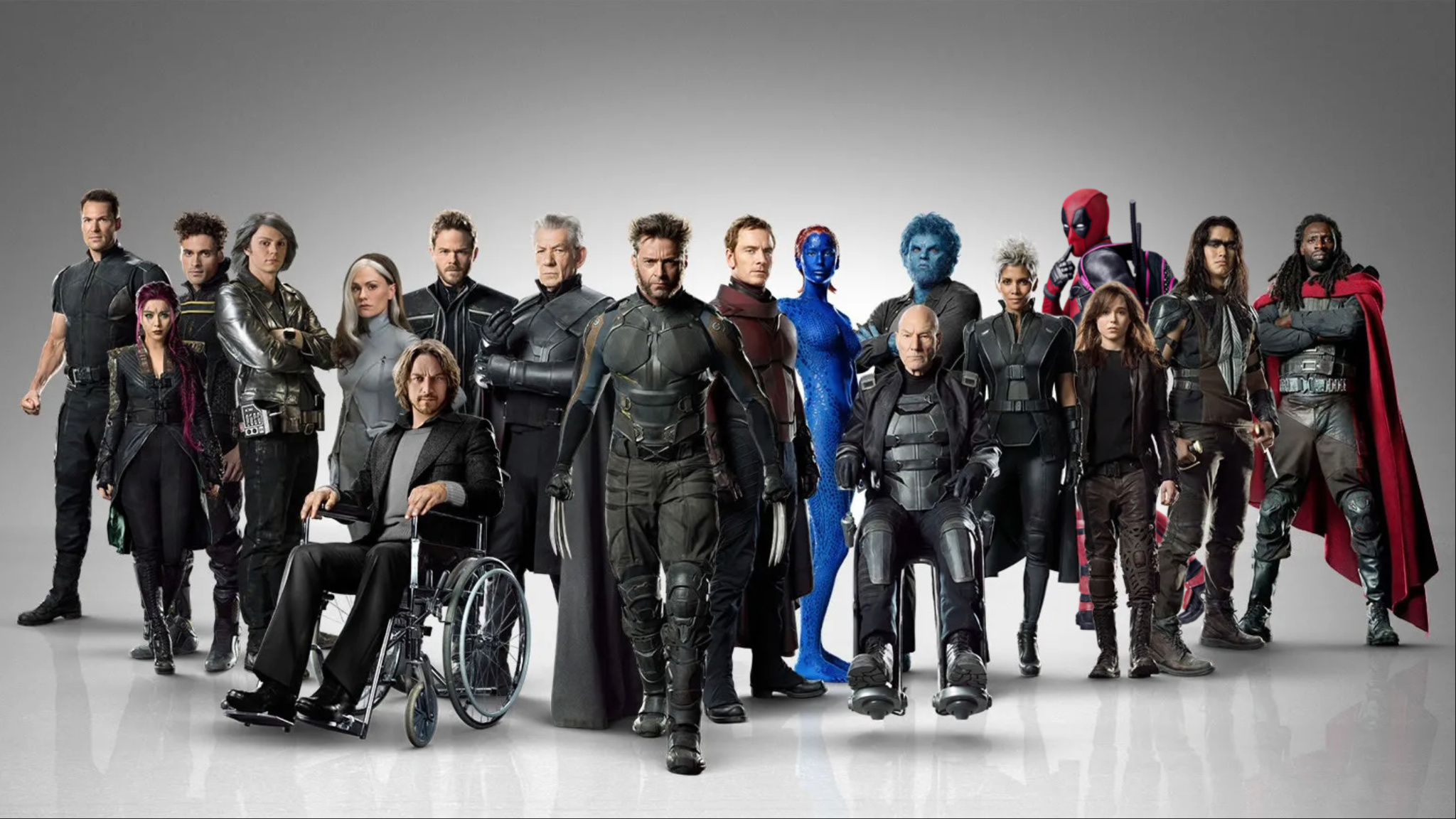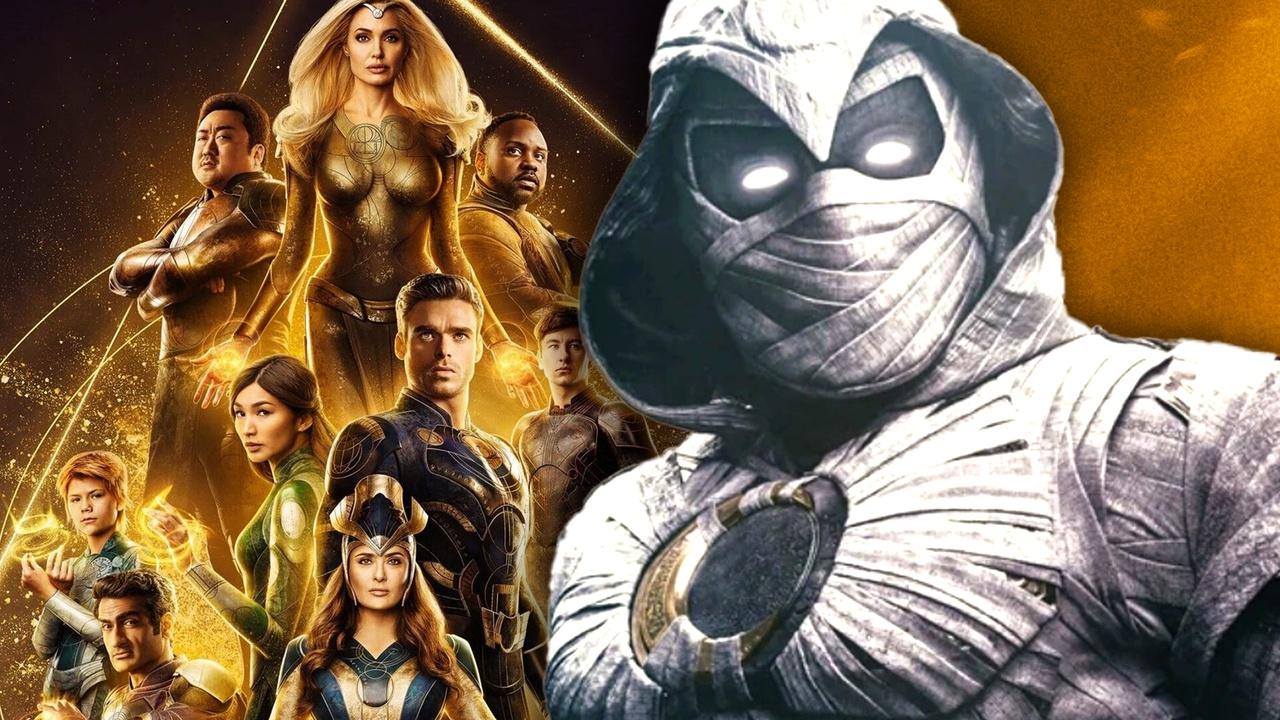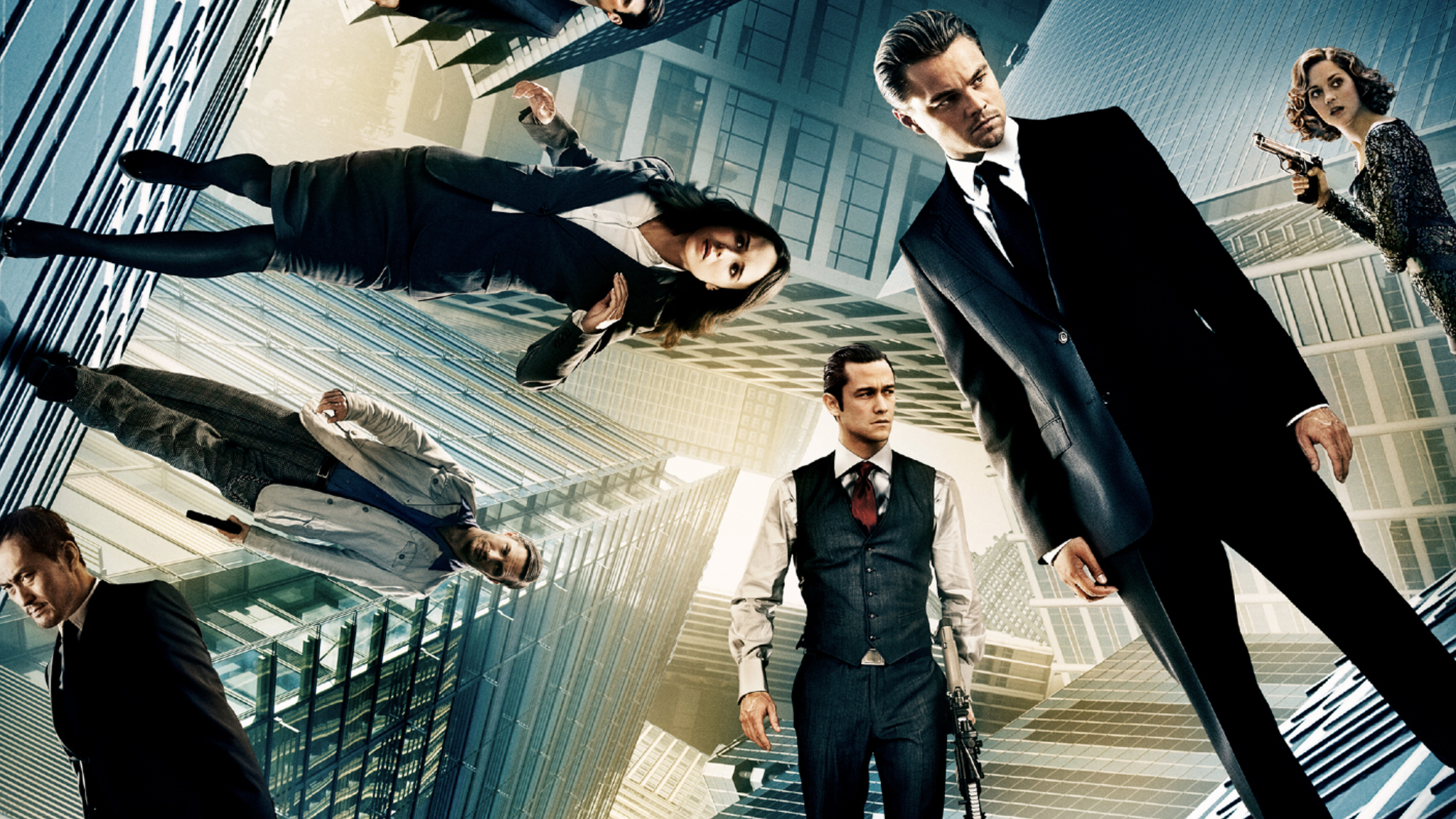Marvel’s Kevin Feige Reveals How The Fantastic Four: First Steps Is Like the Spider-Man Movies

Instead of retelling their origins as in previous film adaptations, “The Fantastic Four: First Steps” starts with the team, known as the Fab Four, already established by 1965, having celebrated four years together. This version also deviates from past portrayals by being set in a “retro-futuristic” depiction of 1960s New York City that exists within its own universe, Earth-828. It also introduces Franklin Richards, the powerful offspring of Reed Richards (Pedro Pascal) and Sue Storm (Vanessa Kirby).





